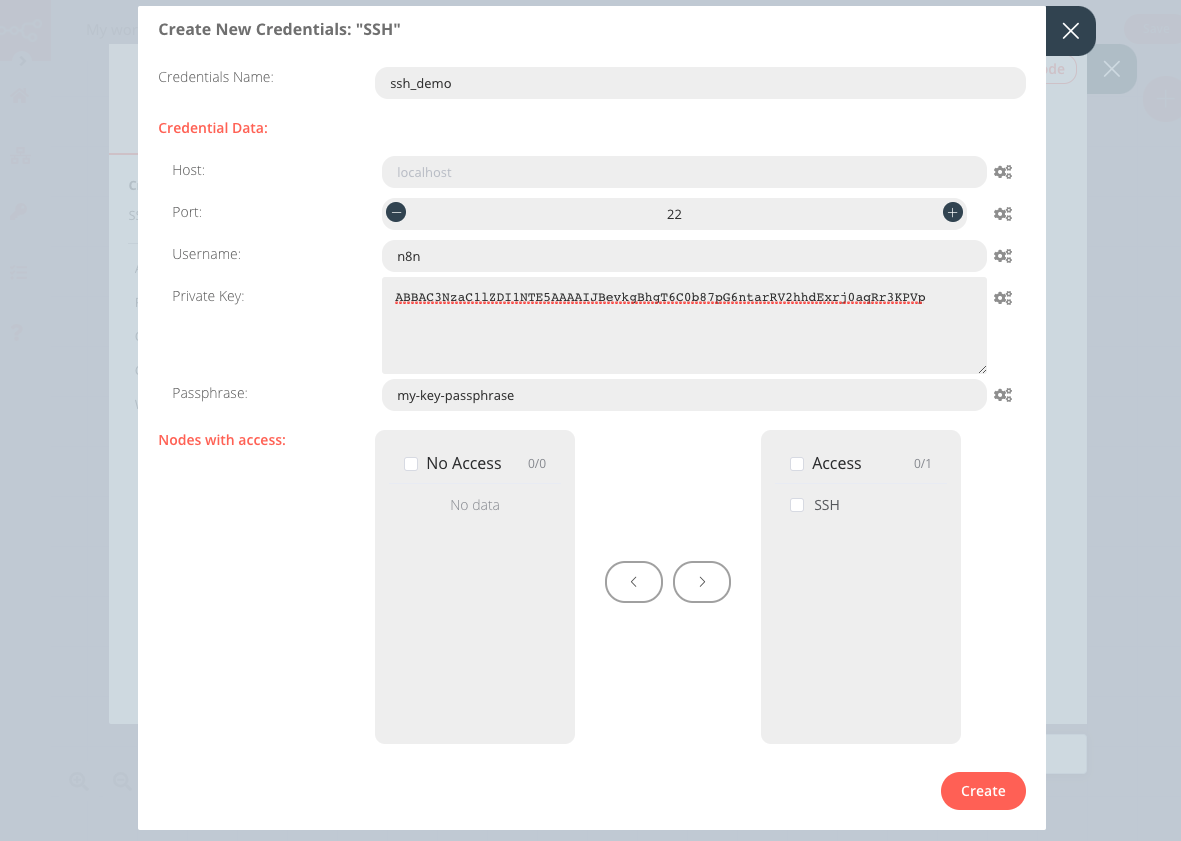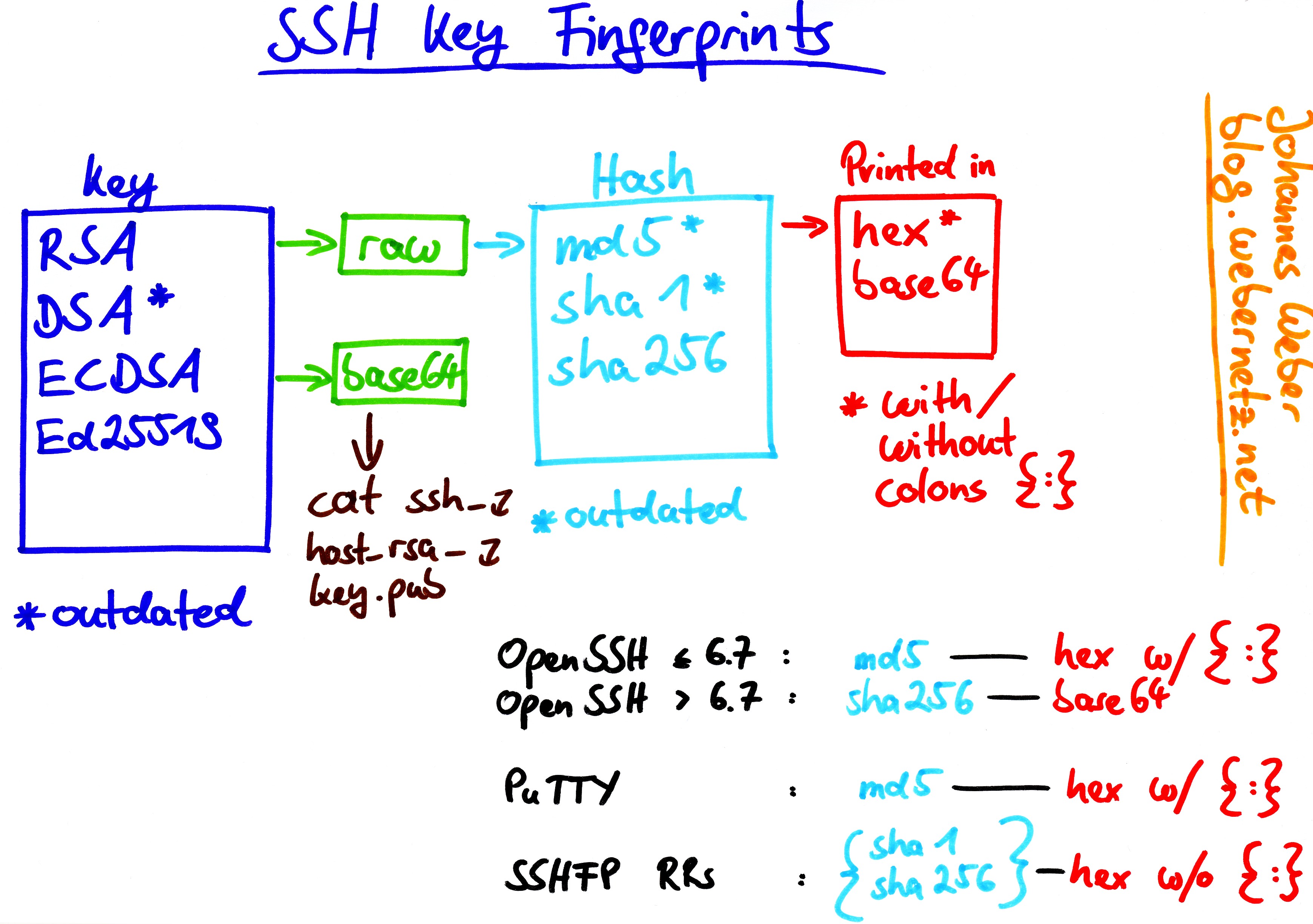RemoteIoT Platform SSH Key Not Working: Troubleshooting Guide For 2024
So listen up, folks. We’ve all been there—frustrated because the remoteiot platform ssh key not working is throwing a wrench in your plans. You’ve spent hours setting up your IoT infrastructure, configuring devices, and ensuring everything is secure. But when you try to connect via SSH, BAM! It doesn’t work. Sounds familiar? Well, don’t sweat it. In this guide, we’re diving deep into why this happens and how you can fix it. Let’s get started!
Before we jump into the nitty-gritty, let’s address the elephant in the room. The remoteiot platform ssh key not working issue is more common than you think. Whether you’re a seasoned developer or just starting out with IoT projects, this problem can pop up unexpectedly. But fear not! By the end of this article, you’ll have a solid understanding of what’s going wrong and how to resolve it.
Now, here’s the deal. We’re not just throwing random solutions at you. This guide is packed with actionable tips, real-world scenarios, and expert advice to help you troubleshoot and fix the remoteiot platform ssh key not working error. So grab a cup of coffee, sit back, and let’s unravel this mystery together.
Read also:Sexy Web Series 2025 The Hottest Trend In Digital Entertainment
Table of Contents
- Understanding SSH and Its Importance
- Common Issues with RemoteIoT Platform SSH Keys
- Step-by-Step Troubleshooting Guide
- Configuring SSH Properly
- Security Best Practices for SSH Keys
- Alternative Solutions to SSH
- Frequently Asked Questions
- Case Study: Real-World Example of SSH Key Failure
- Tools and Resources for SSH Management
- Wrapping It Up
Understanding SSH and Its Importance
Let’s start with the basics. SSH, or Secure Shell, is like the superhero of remote connections. It allows you to securely access and manage devices over a network, encrypting all communication to keep your data safe from prying eyes. For IoT platforms, SSH is crucial because it ensures that your devices remain secure while still being accessible for maintenance and updates.
Now, when it comes to the remoteiot platform ssh key not working, understanding SSH fundamentals is key. SSH keys act as a digital passport, allowing you to authenticate without needing passwords. They’re super convenient and much more secure than traditional password-based authentication. But what happens when these keys stop working? That’s where things get tricky.
Why SSH Keys Are Essential for IoT
IoT devices are everywhere—smart homes, industrial systems, healthcare equipment, you name it. With so many devices connected to the internet, security is paramount. SSH keys provide an extra layer of protection by ensuring only authorized users can access your devices. Without them, your IoT setup could be vulnerable to unauthorized access, data breaches, and other nasty stuff.
Common Issues with RemoteIoT Platform SSH Keys
Alright, let’s talk about the elephant in the room. If you’re here, chances are you’re dealing with the remoteiot platform ssh key not working issue. But what exactly causes this? Here are some of the most common culprits:
- Incorrect Key Permissions: SSH keys need specific file permissions to work properly. If the permissions are off, the key won’t authenticate.
- Corrupted Keys: Sometimes, keys can get corrupted during generation or transfer, leading to authentication failures.
- Configuration Errors: A misconfigured SSH server or client can prevent keys from working as intended.
- Firewall or Network Issues: Firewalls or network configurations might block SSH connections, causing the key to fail.
- Expired or Revoked Keys: If your key has expired or been revoked, it won’t work, plain and simple.
These issues might sound overwhelming, but don’t worry. We’ve got you covered with a detailed troubleshooting guide coming up next.
Step-by-Step Troubleshooting Guide
Now that we’ve identified the common issues, let’s dive into fixing them. Here’s a step-by-step guide to help you resolve the remoteiot platform ssh key not working problem:
Read also:Unveiling The Truth About Diva Flawlessxxxvideo Your Ultimate Guide
1. Check Key Permissions
One of the most common reasons for SSH key failure is incorrect file permissions. Make sure your private key file has the correct permissions set. Run the following command to fix it:
chmod 600 ~/.ssh/id_rsa
Similarly, ensure the .ssh directory has the right permissions:
chmod 700 ~/.ssh
2. Verify Key Integrity
Corrupted keys can also cause authentication issues. To check if your key is intact, try regenerating it using the following command:
ssh-keygen -t rsa -b 4096 -C "your_email@example.com"
Make sure to replace the email with your actual address.
3. Review SSH Configuration
Sometimes, the problem lies in the SSH configuration file. Check your sshd_config file for any misconfigurations. Ensure the following settings are enabled:
PubkeyAuthentication yesAuthorizedKeysFile .ssh/authorized_keys
Restart the SSH service after making changes:
sudo systemctl restart ssh
4. Test Firewall and Network Settings
If everything else checks out, the issue might be with your firewall or network settings. Ensure that port 22 (the default SSH port) is open and not blocked by any firewalls. You can also try connecting from a different network to rule out network-specific issues.
Configuring SSH Properly
Proper SSH configuration is key (pun intended) to avoiding issues like the remoteiot platform ssh key not working. Here are some best practices to keep in mind:
1. Use Strong Keys
Always use strong, unique SSH keys. Avoid using default keys or reusing old ones. RSA keys with a minimum of 4096 bits are recommended for maximum security.
2. Disable Password Authentication
Password-based authentication is less secure than SSH keys. Disable it in your sshd_config file by setting:
PasswordAuthentication no
3. Limit User Access
Restrict SSH access to only the users who need it. Use the AllowUsers directive in your configuration file to specify allowed users:
AllowUsers user1 user2
Security Best Practices for SSH Keys
Security should always be a top priority, especially when dealing with IoT platforms. Here are some additional tips to keep your SSH keys secure:
- Store Keys Safely: Keep your private keys in a secure location and never share them with anyone.
- Use Passphrases: Protect your private keys with strong passphrases for an extra layer of security.
- Regularly Rotate Keys: Periodically rotate your SSH keys to minimize the risk of unauthorized access.
- Monitor Access Logs: Keep an eye on your SSH access logs to detect any suspicious activity.
Alternative Solutions to SSH
While SSH is the go-to solution for secure remote access, there are alternative methods you can consider:
1. Mosh (Mobile Shell)
Mosh is a great alternative to SSH, especially for unstable or high-latency networks. It provides a more responsive and reliable connection.
2. Web-Based Interfaces
Some IoT platforms offer web-based interfaces for device management. While not as secure as SSH, they can be a convenient option for quick tasks.
3. API Access
Many IoT platforms provide APIs for remote management. If SSH isn’t working, consider using API-based solutions for device control.
Frequently Asked Questions
Q1: Can I use SSH keys across multiple devices?
Absolutely! You can use the same SSH key pair across multiple devices. Just make sure to add the public key to each device’s authorized_keys file.
Q2: How often should I rotate my SSH keys?
It’s a good practice to rotate your SSH keys at least once a year. This helps minimize the risk of unauthorized access if a key is compromised.
Q3: What should I do if my SSH key stops working suddenly?
First, check the key permissions and configuration settings. If everything seems fine, try regenerating the key and readding it to the authorized_keys file.
Case Study: Real-World Example of SSH Key Failure
Let’s look at a real-world example to better understand how to handle SSH key issues. Imagine you’re managing a fleet of IoT devices for a smart agriculture project. One day, you notice that the remoteiot platform ssh key not working error is preventing you from accessing several devices.
After investigating, you discover that the issue was caused by a misconfigured firewall rule that blocked SSH traffic. By adjusting the firewall settings and ensuring port 22 was open, you were able to restore access to the devices. This highlights the importance of regularly reviewing your network and security configurations.
Tools and Resources for SSH Management
Here are some useful tools and resources to help you manage SSH keys effectively:
- SSH Keychain: A tool for managing SSH keys across multiple devices.
- Keybase: A platform for securely sharing and managing SSH keys.
- OpenSSH Documentation: The official documentation for OpenSSH, packed with useful tips and troubleshooting guides.
Wrapping It Up
And there you have it, folks! A comprehensive guide to resolving the remoteiot platform ssh key not working issue. By following the steps outlined in this article, you should be able to identify and fix the problem in no time. Remember, proper SSH configuration and security practices are essential for keeping your IoT devices safe and accessible.
So what’s next? If you found this article helpful, feel free to share it with your friends and colleagues. And if you have any questions or need further assistance, drop a comment below. We’re always here to help!
Stay secure, stay connected, and happy troubleshooting!
Article Recommendations


